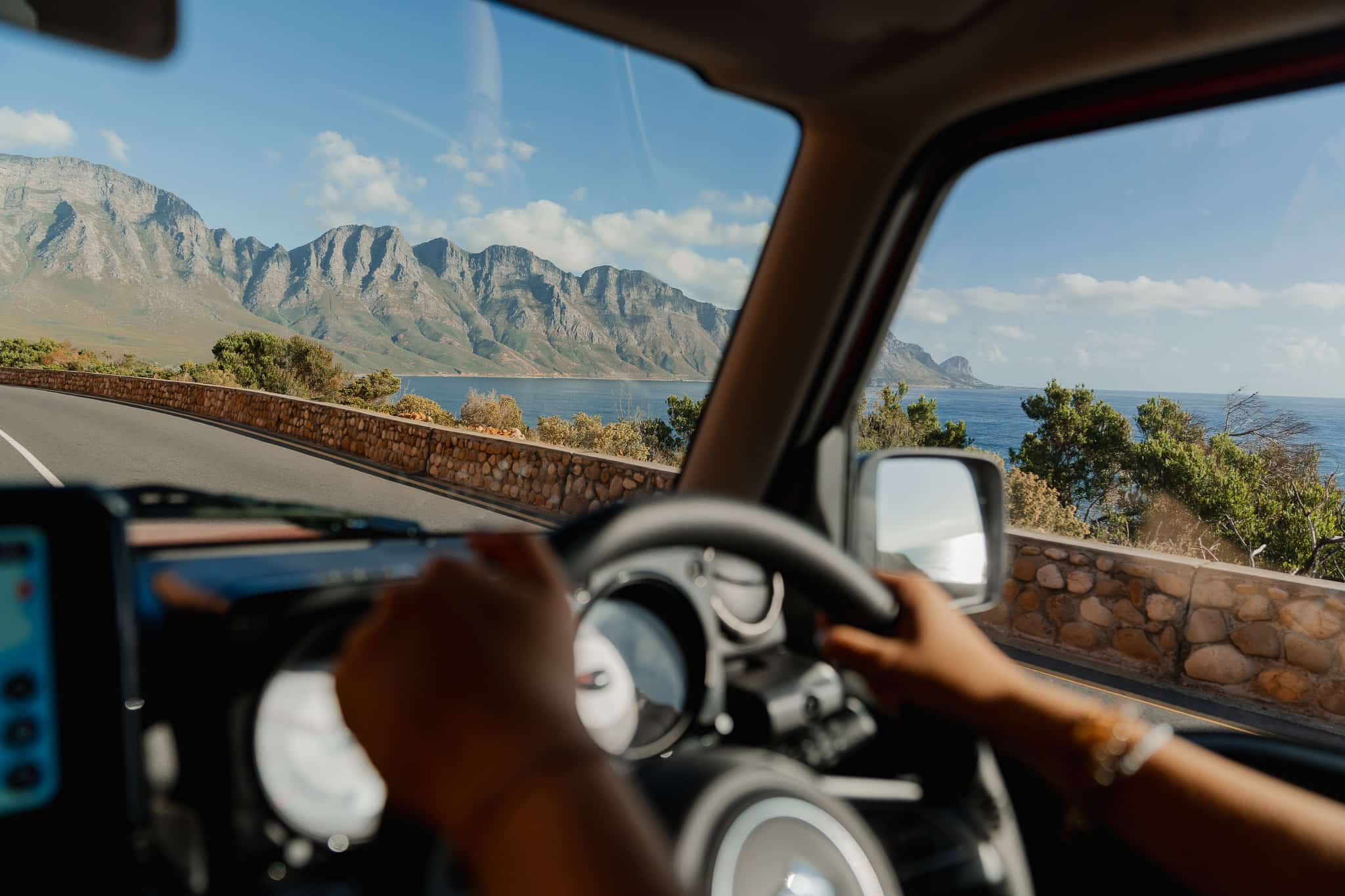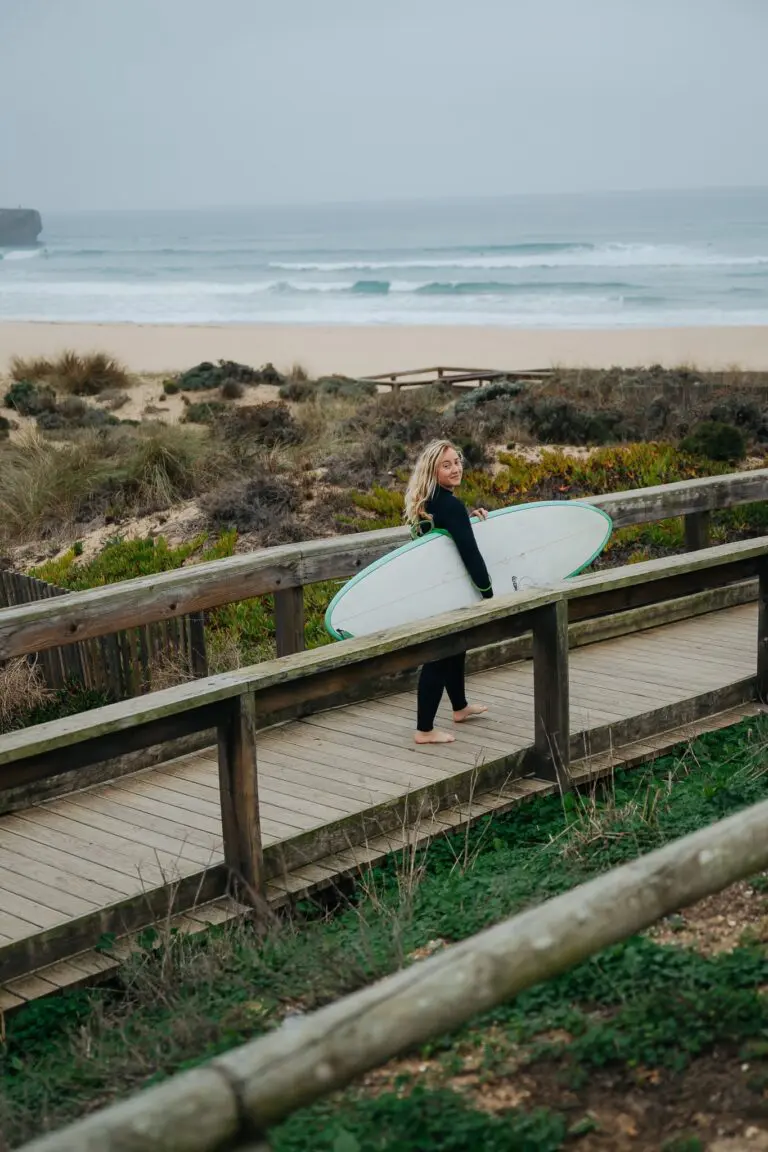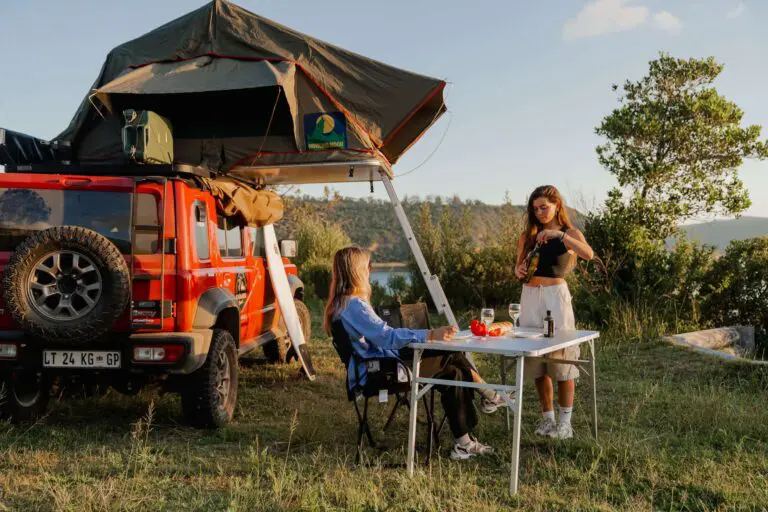Your road trip in South Africa
“Left… left… LEFT!” These words were racing through my mind during the first few minutes of our road trip through South Africa with South Africa Nomads. But you know what? After just half an hour of driving in our Suzuki Jimny, driving on the left felt surprisingly natural. And that’s exactly what this blog is about: all the tips and experiences that will make your road trip in South Africa just as carefree as ours.
Because what could be better than cruising along the spectacular Cape coastline in your own 4×4 jeep? Or setting your own pace during a game drive in Addo Elephant National Park? A road trip through South Africa promises an unforgettable journey. But there are a few things you need to know before you dive into the adventure.
Top Tips from Our Team
- Always drive on the left side of the road
- Remember: the driver is in the middle of the road
- Only refuel at large, well-known gas stations
- Keep your car doors locked and park in supervised areas
- Preferably drive between sunrise and sunset
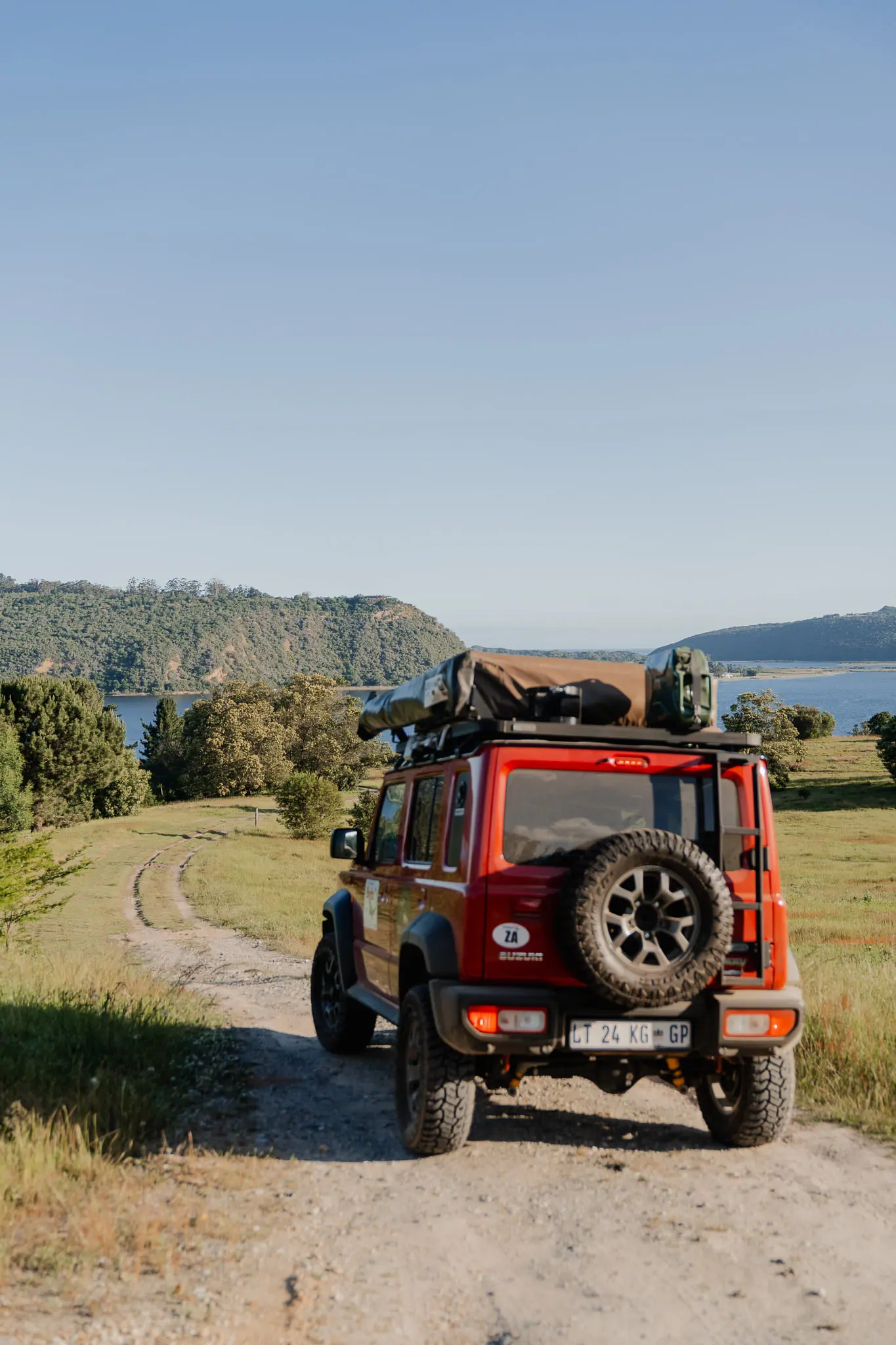
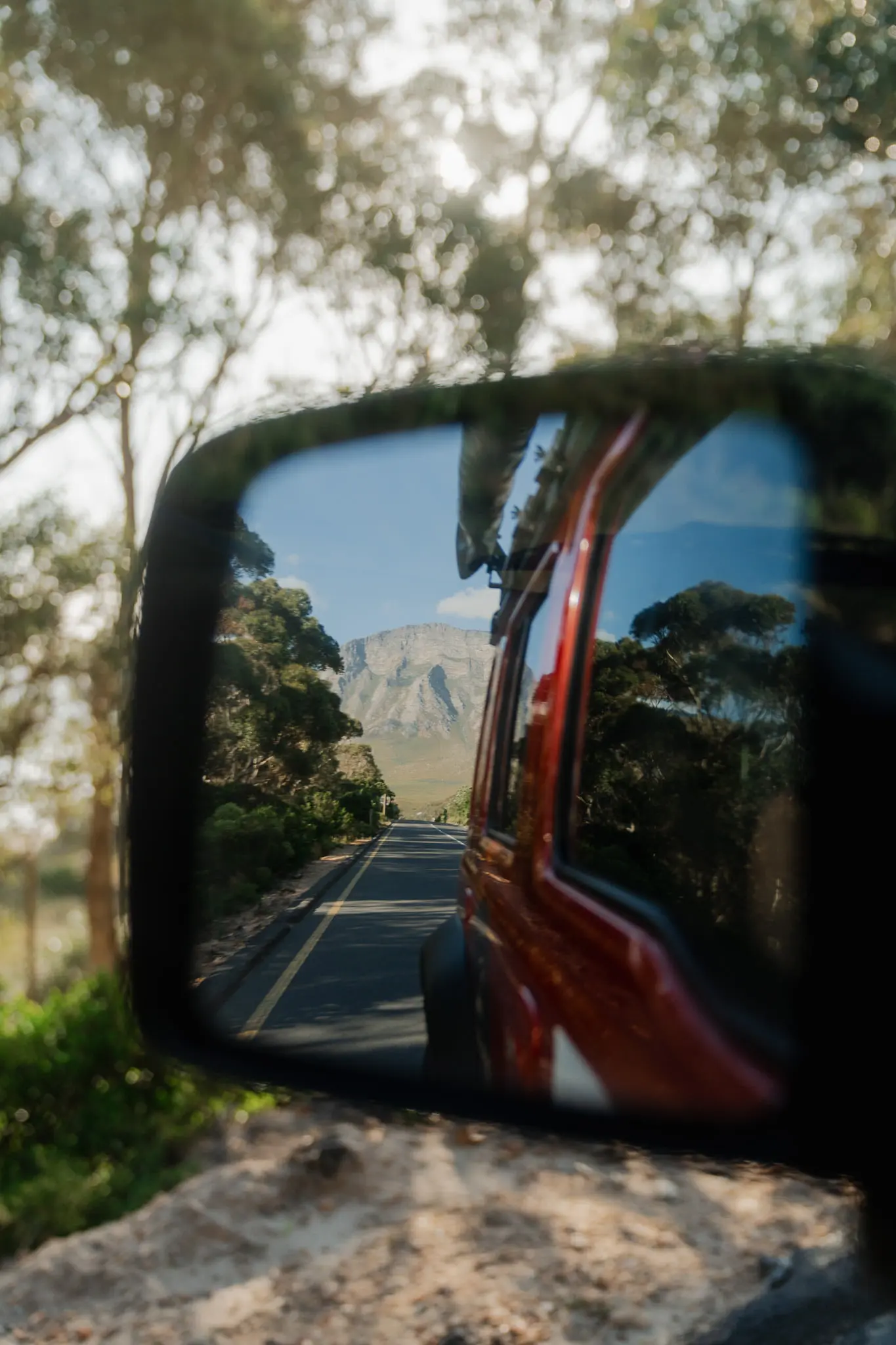
1. Driving on the left: easier than you think!
The first few kilometers from Cape Town were quite exciting. Everything is a bit different: you sit on the right side of the car, the turn signal is on the other side, and you really have to remember to stay on the left side of the road. But believe me, you get used to it surprisingly quickly!
A golden tip that really helped us: the driver should always sit in the middle of the road. With that in mind, driving on the left during your road trip in South Africa suddenly makes a lot more sense. We also came up with a little mnemonic: if you're going left, that's a sLight curve, with the letter L. If you're going right, that's a bRoad curve, with the letter R. You'll probably turn on your windshield wipers instead of your turn signal a few times, but you really do get the hang of it!
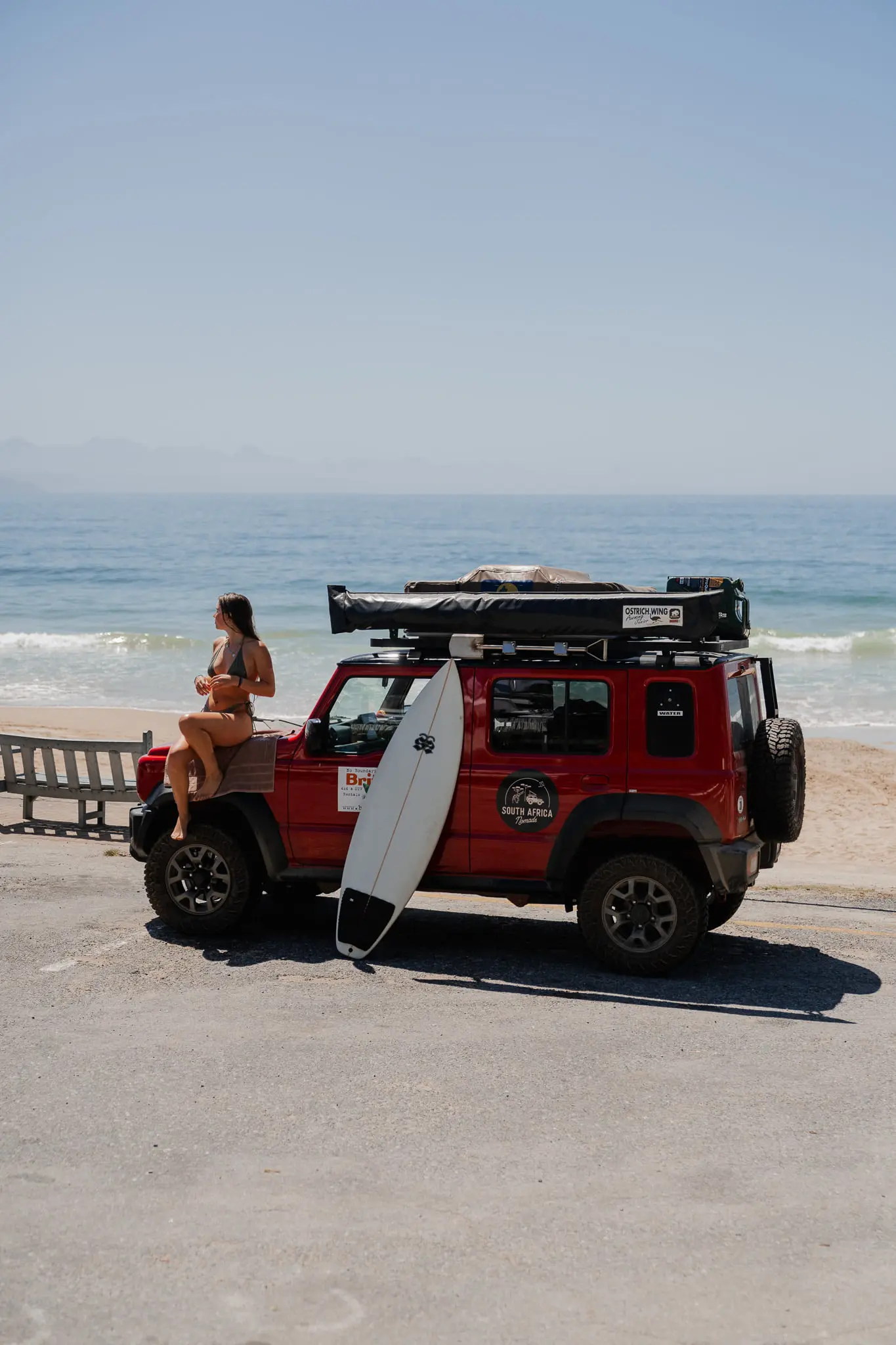
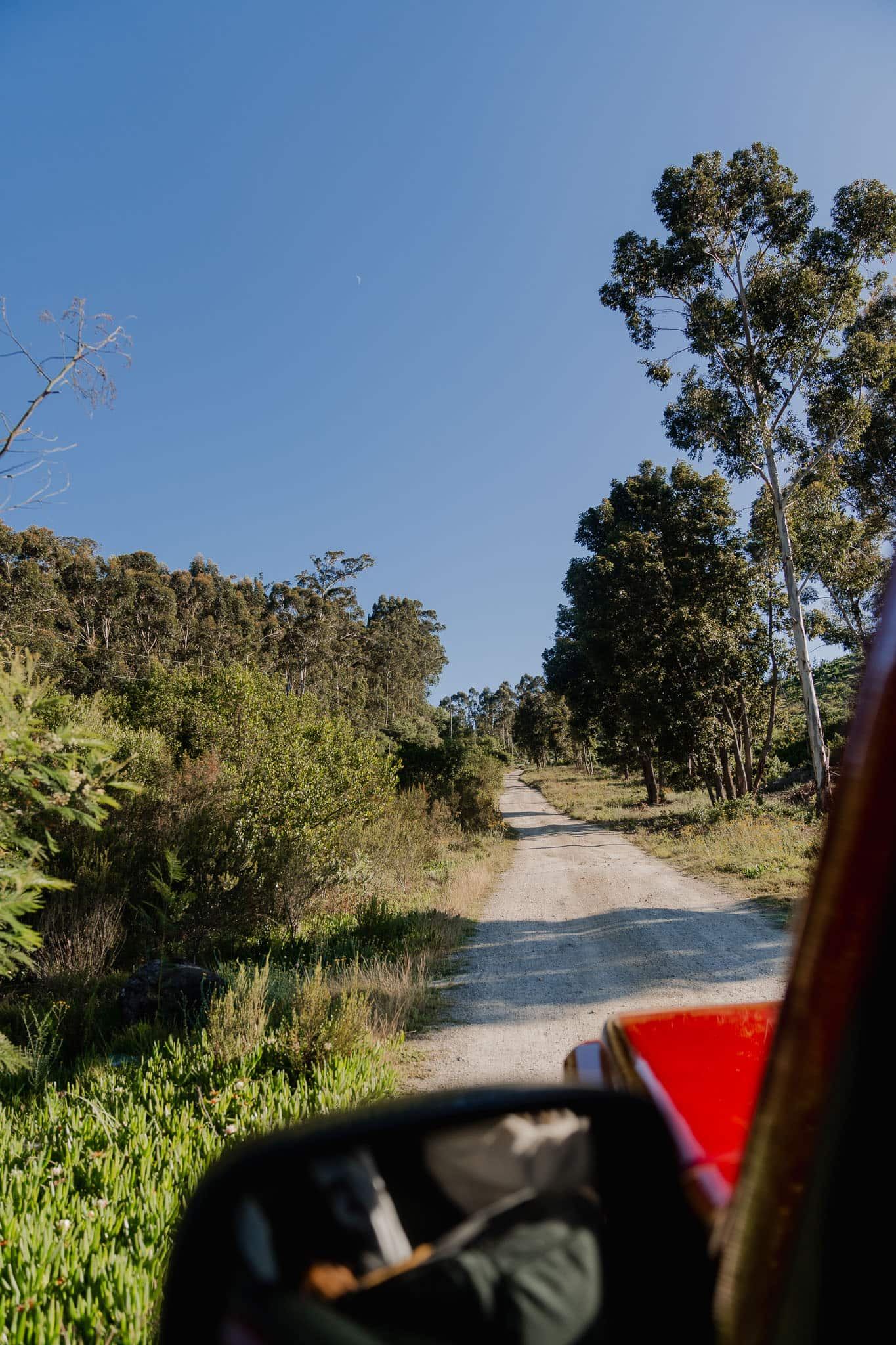
2. On safari with your own 4x4 in South Africa
One of the highlights of our road trip through South Africa was definitely the visit to Addo Elephant National Park. Going on safari in your own Jimny, how cool is that? But there are some special rules to follow. You must always stay in your car (except at designated spots) and there's a maximum speed limit of 40 km/h.
That low speed turned out to be perfect – not only for spotting animals, but also because you might encounter a turtle or even an elephant crossing the road! The high seating in the Jimny was really a lifesaver. We had a perfect view of all the animals and could easily take photos through the windows.
Tip: try to avoid the dung piles on the roads. They often have endangered dung beetles on them, and you definitely don't want to run over those.
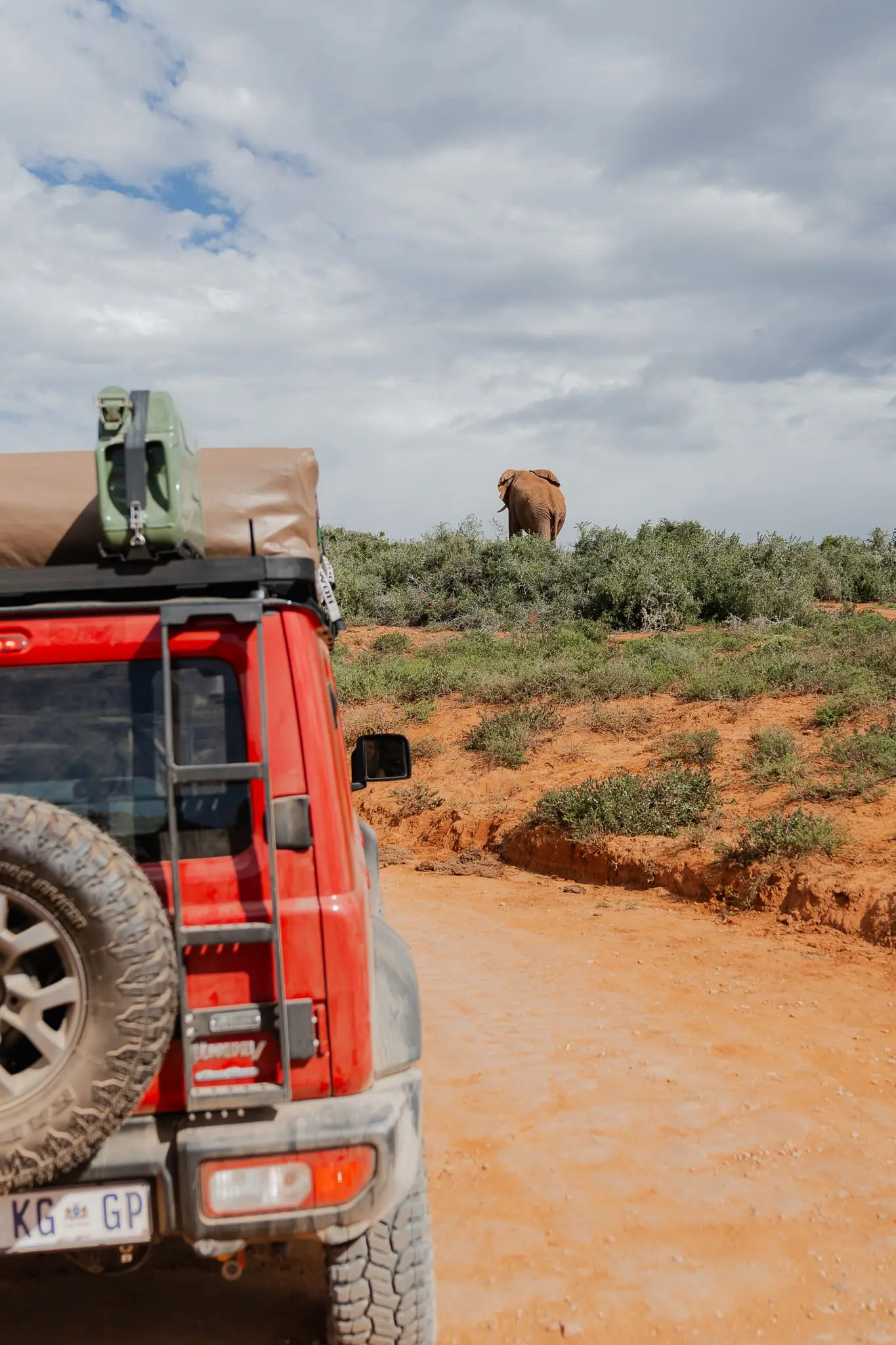
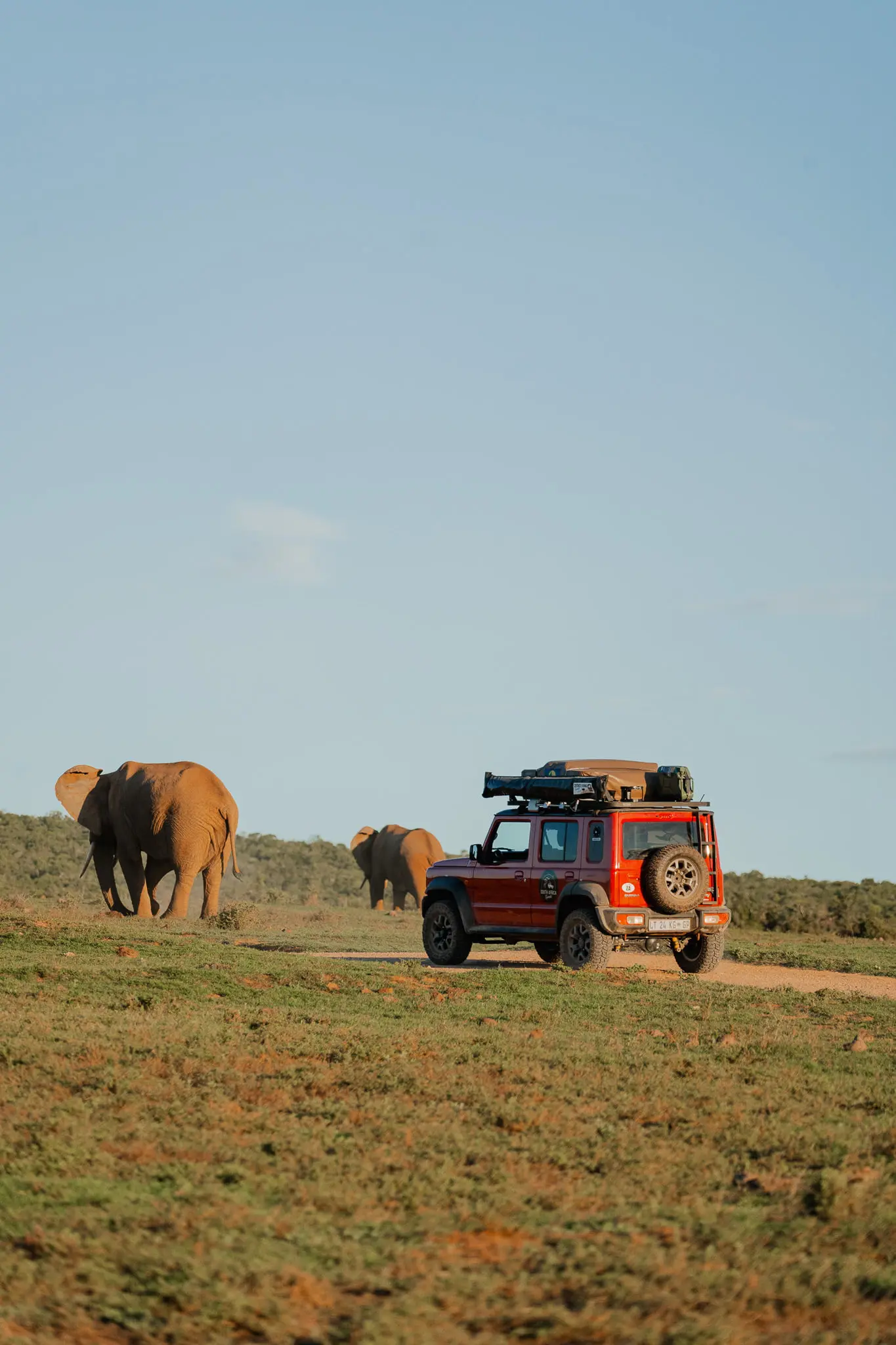
Practical tips that make your trip
On the road, we learned some handy lessons. For example, only refuel at large, well-known gas stations – and did you know that in South Africa, you can't pump your own gas with your jeep? The attendant will do it for you. A small tip (10-20 rand) is appreciated. We also recommend not picking up hitchhikers, always keeping your car doors locked, and parking in secured parking lots. Preferably drive between sunrise and sunset. Often, there are parking attendants who watch over your car for a small tip. If you park for less than an hour, you'll pay about 2 to 5 ZAR. For a few hours, it's around 5 to 10 ZAR. Check out this blog for more practical safety tips on the road.
Tip: Always avoid the Motherwell neighborhood near Port Elizabeth!
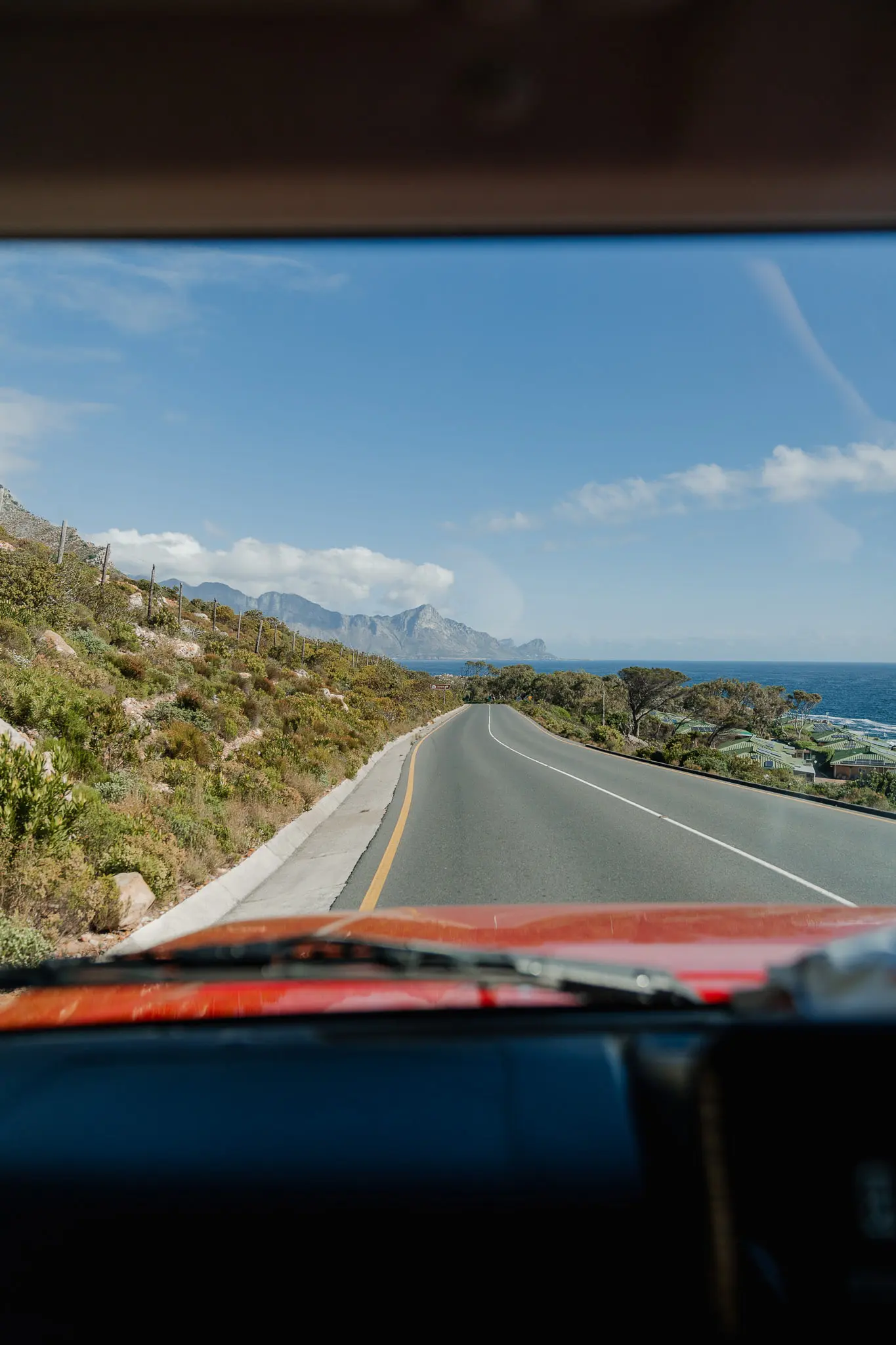
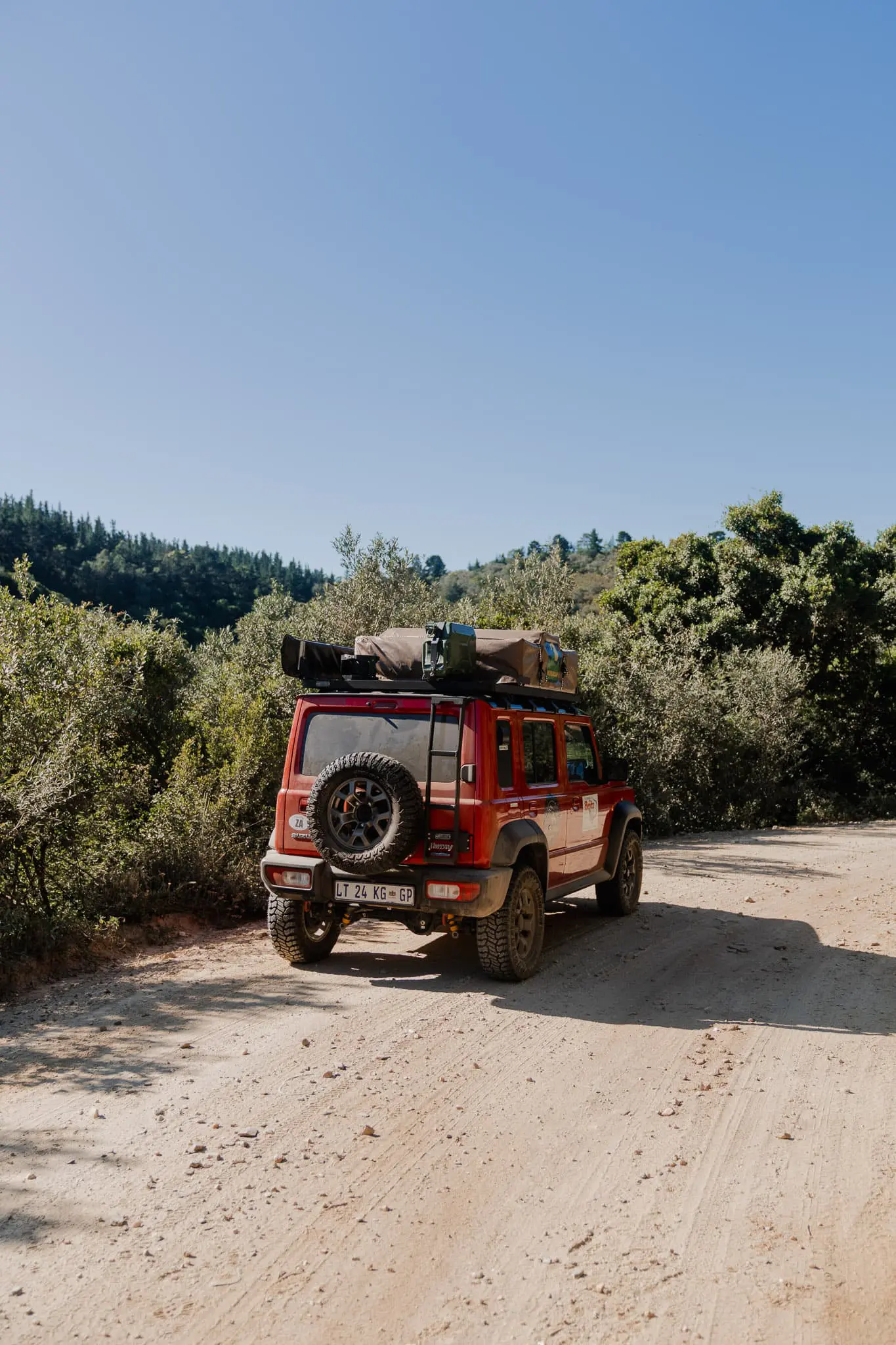
4. Traffic rules and traffic situations
Traffic in South Africa is well organized, but it's a bit different from Europe. Speed cameras and checks are mainly found around the big cities – so you need to pay extra attention to your speed in Cape Town and Port Elizabeth. Along the Garden Route, there are far fewer checks, but the rule still applies: stick to the speed limit of 120 km/h on the highway and 60 km/h in built-up areas.
A unique phenomenon in South African traffic is the minibus taxis. These taxis often stop unexpectedly to pick up passengers. So always keep a safe distance. You'll also frequently see people walking along the road – stay alert and adjust your speed accordingly.
What’s also good to know: at most major intersections, there are traffic lights, referred to as 'robots' here. In case of a power outage (which unfortunately happens quite often), these intersections automatically become four-way stops. That means: first come, first served. It sounds chaotic, but in practice, it works surprisingly smoothly – as long as you pay attention and make eye contact with other drivers.
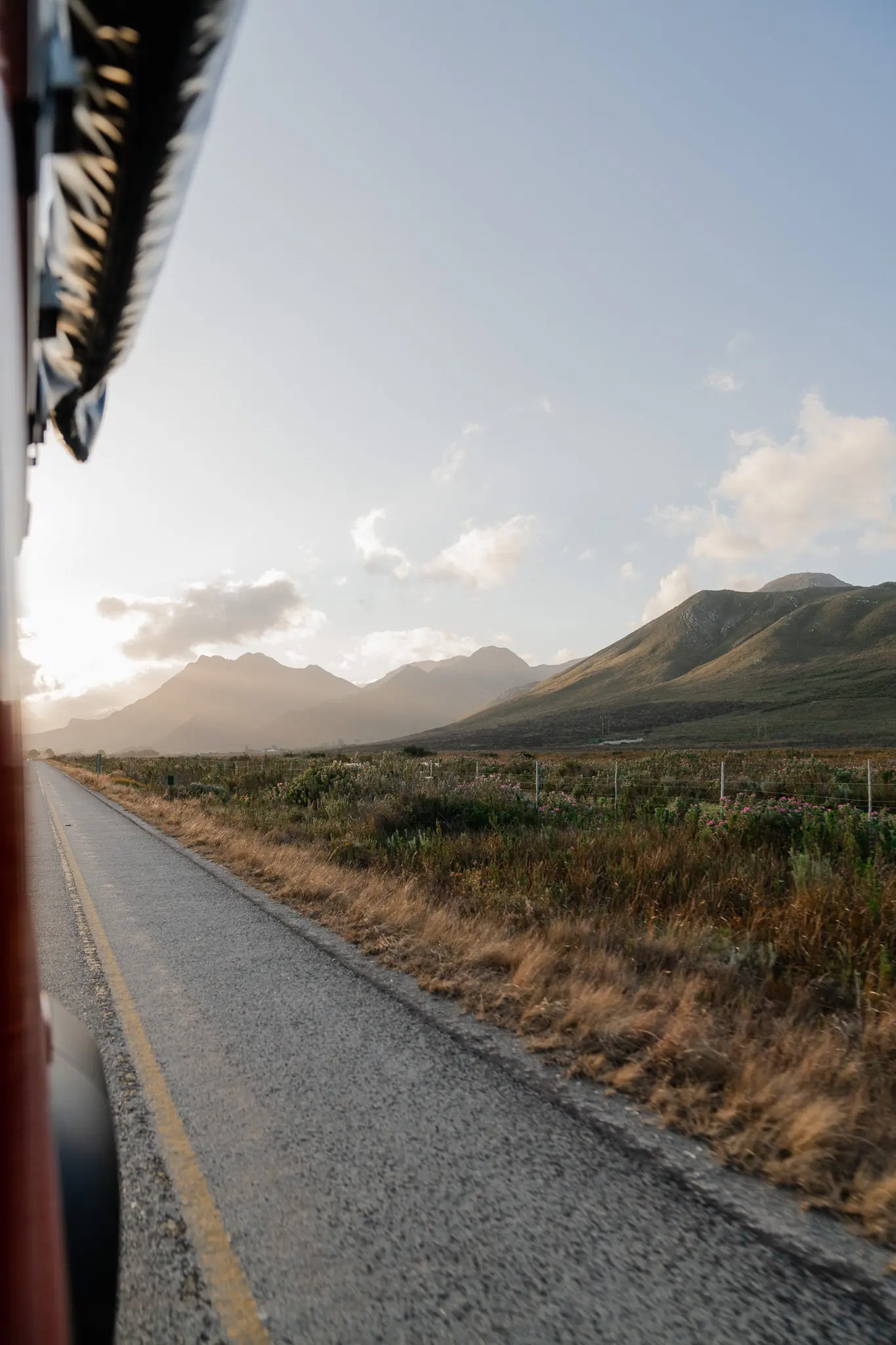
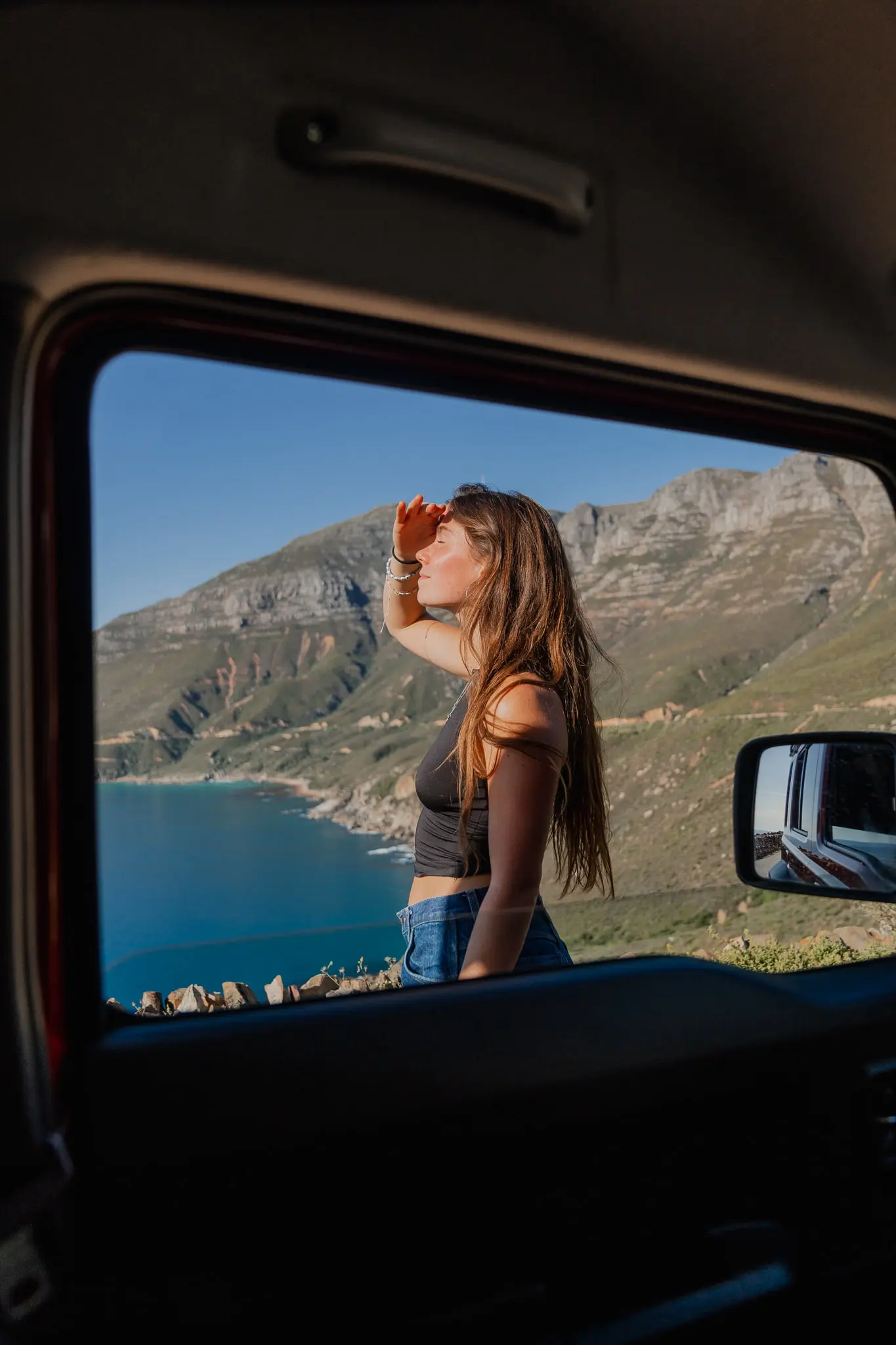
5. The ideal car for your adventure
The Suzuki Jimny in South Africa turned out to be the perfect companion for our road trip. Compact enough for the city, but with enough power for the long routes. Keep in mind that it can get quite windy on the roads sometimes. Since your car is a bit higher and has a rooftop tent, it can feel a bit strange at times. Just make sure to steer carefully and drive slightly below the speed limit in strong winds. The 4x4 jeep in South Africa took us everywhere during the road trip: from Cape Town to Tsitsikamma National Park and from Mossel Bay to the wine regions of Franschhoek, where we wrapped up our journey in style among the vineyards.
Ready for your own road trip adventure with South Africa Nomads?
Why choose South Africa Nomads?
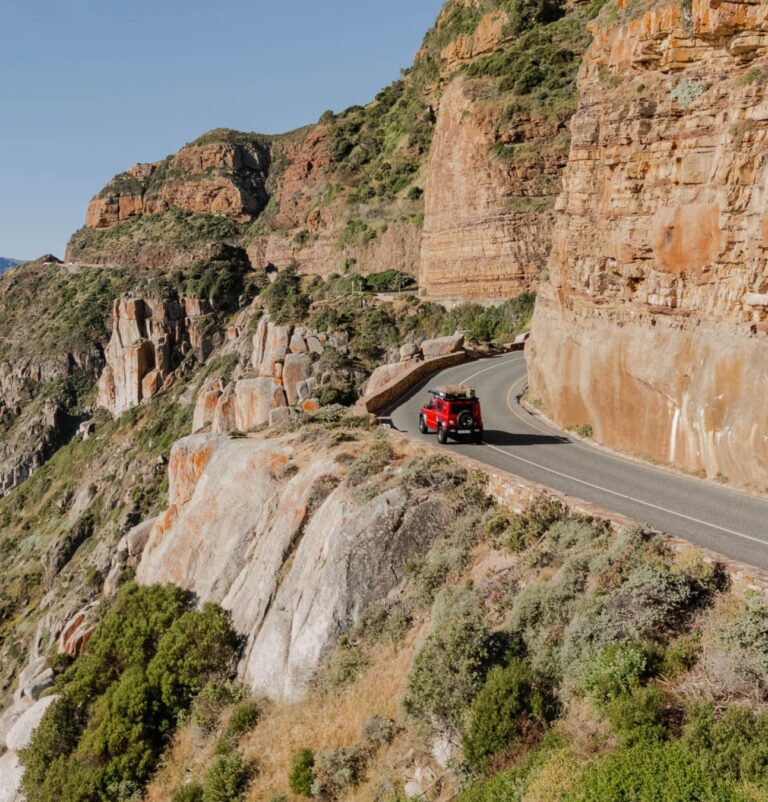
Well Organized
We take care of everything behind the scenes and on-site in South Africa: practical matters, navigation, camping gear, accommodations, and optional extras like activities and a surf package. This way, you don't have to worry about anything during your trip.
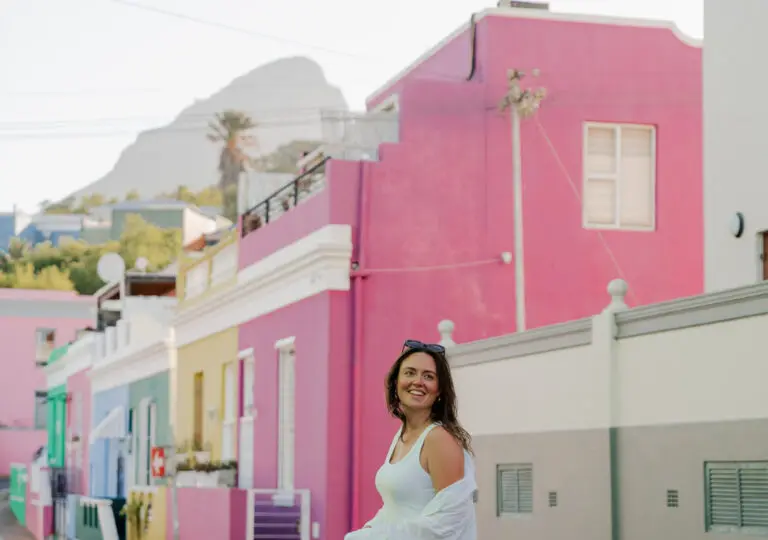
Affordable
Adventure is for everyone! We keep costs low by fully developing our trips in-house, from start to finish. This way, we guarantee an authentic experience, with no hidden fees.
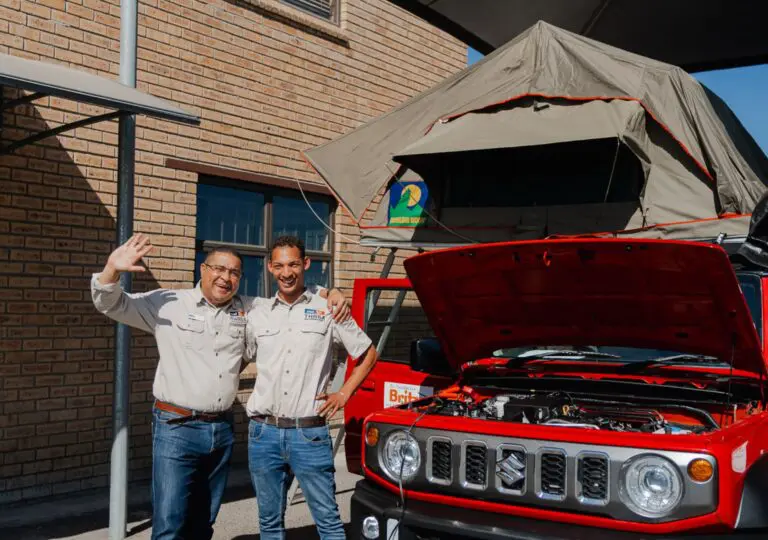
On-site team
Our local team is always ready to help and provide tips to ensure your adventure goes smoothly. Travel independently, with support just a reach away. Safety is our top priority, which is why we give you comprehensive safety instructions for your trip in South Africa.

Conscious
Traveling with Travelbase Nomads also means traveling consciously. We are committed to sustainability and work together with local communities.


